Driving Results: Critical KPIs Every Restoration Contractor Should Know
June 26, 2024 •Ember Davis

Achieving success hinges on more than just hard work—it requires strategic insights derived from key performance indicators (KPIs). For restoration contractors seeking to drive results and maximize efficiency, understanding and tracking critical KPIs is paramount. In this comprehensive guide, we'll explore the top KPIs that every restoration contractor should know, and how leveraging restoration software and job management tools can streamline the process.
Understanding the Importance of KPIs:
KPIs, or Key Performance Indicators, are the backbone of any successful restoration business. These quantifiable metrics offer invaluable insights into different facets of the operation, ranging from project efficiency and financial health to customer satisfaction. By carefully selecting and consistently monitoring the appropriate KPIs, contractors can gain a comprehensive understanding of their business's performance and areas for improvement.
For instance, tracking restoration KPIs related to project efficiency allows contractors to assess how effectively resources are utilized, whether projects are completed within budget and timeline constraints, and if there are any recurring bottlenecks hindering productivity. Meanwhile, monitoring financial KPIs provides visibility into revenue streams, profitability margins, and cost structures, enabling informed decision-making regarding resource allocation and budget optimization. Additionally, KPIs related to customer satisfaction shed light on service quality, responsiveness, and overall client experience, helping contractors identify areas where improvements can be made to enhance customer relationships and loyalty.
Ultimately, the significance of KPIs lies in their ability to transform raw data into actionable insights. By leveraging these metrics effectively, contractors can make informed, data-driven decisions that not only address current challenges but also drive continuous improvement and long-term success in the competitive restoration industry.
Critical KPIs for Restoration Contractors:
- Water Labor Efficiency Ratio: Measure the efficiency of labor resources in water restoration projects, ensuring optimal resource utilization and cost-effectiveness.
- Water WIP Time: Track the average time spent on water restoration projects from start to finish, identifying opportunities to streamline processes and improve project timelines.
- Sales Trends Over Time: Monitor sales trends and patterns over time to identify emerging opportunities, adjust sales strategies, and capitalize on market trends.
- Onsite Arrival Time: Measure the time it takes for restoration teams to arrive onsite after receiving a service request, optimizing response times and enhancing customer satisfaction.
- Reconstruction Revenue Per Day: Evaluate the revenue generated from reconstruction projects on a daily basis, ensuring profitability and efficiency in project execution.
- Final Invoice Time: Track the time it takes to generate and deliver final invoices to clients, streamlining billing processes and improving cash flow management.
Learn more about these reports, why they are important, and how you can improve by downloading our free KPI Guidebook!
Leveraging Restoration Software for KPI Tracking:
Restoration software and job management tools are invaluable assets for contractors seeking to streamline KPI tracking and reporting. These sophisticated platforms offer a myriad of features specifically tailored to meet the needs of the restoration industry. By consolidating data from various sources and automating reporting processes, these tools provide contractors with immediate access to real-time insights into their business performance.
One of the key benefits of restoration software is its ability to centralize data from disparate sources, such as project management systems, financial databases, and customer relationship management platforms. This centralized data repository serves as a single source of truth, ensuring consistency and accuracy in reporting. Moreover, by automating the collection and aggregation of data, restoration software eliminates the need for manual data entry and minimizes the risk of errors or discrepancies.
Customizable dashboards are another powerful feature of restoration software that facilitates KPI tracking and monitoring. Contractors can tailor these dashboards to display the specific metrics and key performance indicators that are most relevant to their business goals and objectives. With at-a-glance visibility into critical metrics such as project profitability, customer satisfaction scores, and workforce productivity, contractors can quickly assess performance trends and identify areas for improvement.
Additionally, restoration software often includes automated alerting capabilities that notify contractors of significant changes or deviations from predefined thresholds. These alerts enable contractors to proactively address issues as they arise, rather than waiting for problems to escalate. Furthermore, predictive analytics tools offered by some restoration software platforms allow contractors to forecast future performance based on historical data, helping them anticipate challenges and opportunities and make data-driven decisions to drive results.
In summary, restoration software is a powerful tool for contractors looking to leverage data and analytics to improve business performance. By centralizing data, providing customizable dashboards, and offering advanced analytics capabilities, restoration software empowers contractors to track KPIs effectively, identify trends, and drive continuous improvement and business success.
Empowering Your Restoration Business with KPIs:
Tracking critical KPIs is paramount for driving results and achieving success in the competitive landscape of the restoration industry. Contractors who grasp the significance of key metrics like the water labor efficiency ratio, sales trends over time, and final invoice time gain valuable insights into their operational efficiency and financial health. Armed with this knowledge, they can pinpoint areas for improvement and make informed, data-driven decisions to optimize their business operations and enhance overall performance.
Fortunately, with the advent of advanced restoration software and job management tools, contractors now have powerful solutions at their disposal to streamline KPI tracking and reporting processes. These sophisticated platforms offer robust features designed specifically to meet the unique needs of the restoration industry. By harnessing the capabilities of restoration software, contractors can centralize their data, automate reporting tasks, and gain real-time visibility into their business metrics.
Moreover, restoration software empowers contractors to go beyond mere data collection and reporting, providing actionable insights that enable proactive decision-making. By analyzing trends and patterns in their KPI data, contractors can identify areas of inefficiency or underperformance and take targeted actions to address them. Whether it's optimizing labor allocation, adjusting pricing strategies, or refining customer service protocols, restoration software equips contractors with the tools they need to drive meaningful results and propel their business forward in an increasingly competitive market.
In conclusion, unlocking the secrets to restoration success begins with understanding and tracking critical KPIs. By leveraging the power of restoration software and job management tools, contractors can streamline KPI tracking, gain valuable insights, and make informed decisions that drive results. To dive deeper into essential KPIs and learn how to optimize your restoration business, download our free KPI Guidebook today and take the first step towards driving results and achieving business success.



